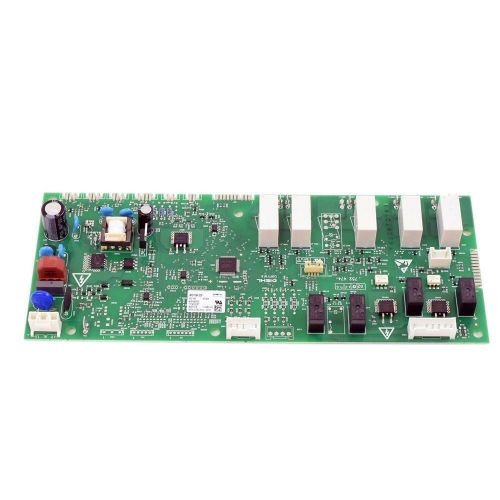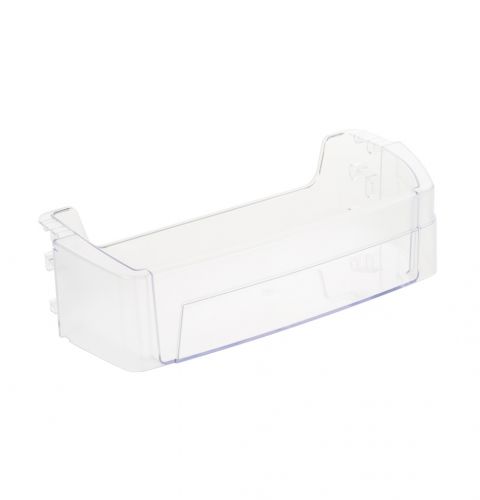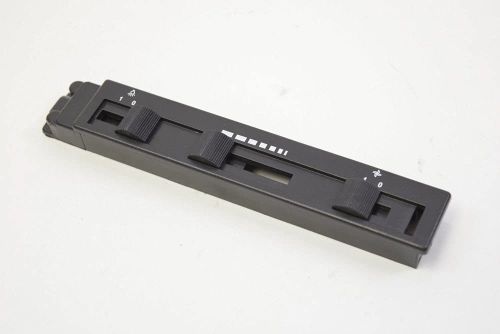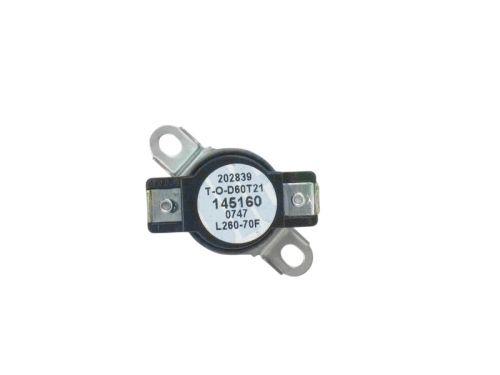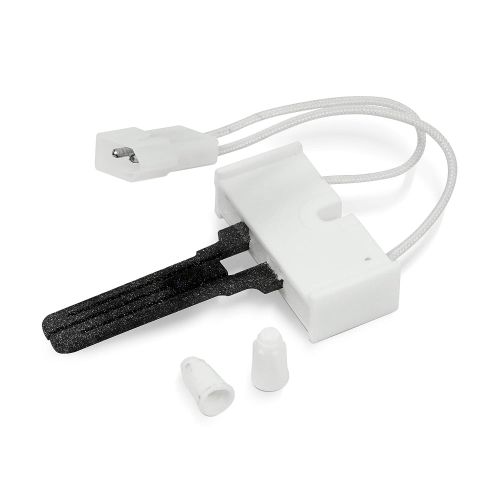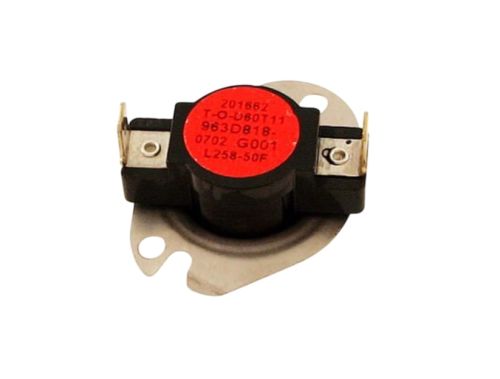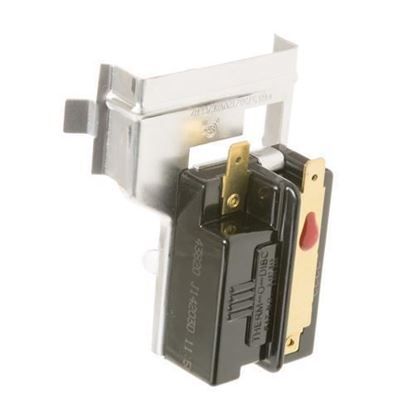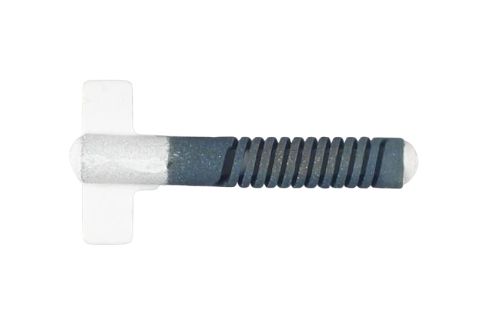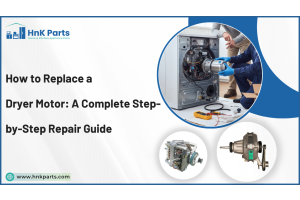
Fix Faster, Dry Better: The Dryer Parts You Need to Know
A clothes dryer is a common household appliance used to dry wet clothes quickly and efficiently. It operates by circulating hot air through the clothes and evaporating the moisture to keep them dry. Laundry dryer parts and accessories are the essential components for the proper functioning of a clothes dryer. They are crucial in maintaining the longevity and performance of the appliance.
Here in this article, we will see the complete details about laundry dryer parts and their functions. Parts of a clothes dryer include heating elements, thermostats, timers, motors, belts, drum rollers, and lint filters, among others. Each part has its own specific function that contributes to the overall drying process. Proper maintenance and timely replacement of dryer parts are vital to ensure optimal performance and prevent potential breakdowns. Due to regular usage, the dryer components may wear out or can get damaged. Any faulty parts can lead to inefficient drying, increased energy consumption, or even safety hazards.
|
Table Of Content: |
What are the parts of a Dryer?
Washing machine dryer parts are the various components and accessories that make up a clothes dryer. They perform specific functions and work together to ensure the proper operation and performance of the dryer, allowing it to efficiently dry laundry.
Let us see about these parts.
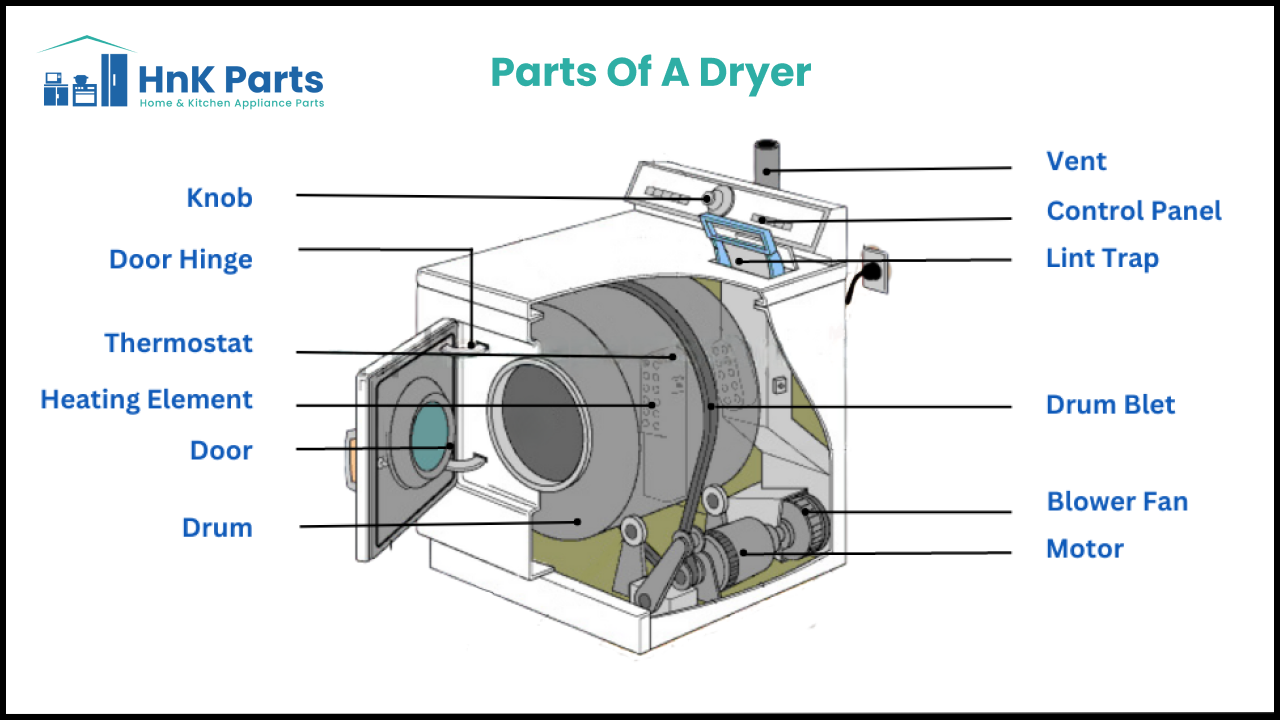
Internal Parts of a Dryer
The inside dryer parts are located inside the appliance and are responsible for its operation and performance. Here are some of the common inside dryer parts:
-
Heating element: It generates heat to dry the clothes and is located inside the dryer’s drum. The heating element receives an electrical current, which causes it to heat up and the hot air generated is then circulated throughout the drum, allowing it to evaporate the moisture from the clothes. As a result, the clothes become dry. The parts of a dryer heating element include the heating coil, thermostat, thermal fuse, and mounting bracket.
-
Thermostat: The thermostat regulates and maintains the temperature inside a dryer. It monitors the temperature required and signals the heating element to turn on or off accordingly.
There will be two types of thermostats in a dryer, an operating thermostat, and a high-limit thermostat. The operating thermostat controls the temperature during the cycle while the high-limit thermostat protects the dryer from overheating.
-
Drum: It is a cylindrical container present inside a dryer that is used to place the clothes for drying. It is typically made of strong durable materials such as stainless steel or coated metal to withstand the tumbling motion and high temperatures generated during the drying cycle. The dryer drum rotates allowing the clothes inside to tumble and mix. This tumbling action helps to separate and expose the wet clothes to the heated air, promoting efficient drying. The parts of a dryer drum include the drum belt, drum glides, drum rollers, and drum bearing.
-
Drum Roller: Dryer drum rollers are small wheels that support the dryer drum to allow it to run smoothly. They are usually located at the front or rear of the drum. They allow the drum to rotate freely during the drying cycle, reducing friction and ensuring proper tumbling of the clothes.
-
Belt: It is also known as the drive belt. It connects the dryer drum to the motor pulley to transmit the rotational motion from the motor to the drum. Eventually, it helps the drum to rotate during the cycle. This spinning motion allows the clothes inside the drum to tumble and mix, promoting effective and even drying. These belts are made of rubber and can withstand the tension and movement required for the drum to spin.
-
Motor: The dryer motor is a critical component that powers the operation of the dryer. It is responsible for generating the rotational motion necessary to spin the drum and facilitate the drying process. It is typically located in the back of the dryer and is connected to various other components, such as the drum belt and the blower fan. The basic function of a motor is to convert electrical energy into mechanical energy to drive the different functions of the dryer.
The motor's speed and power can vary depending on the dryer model and settings selected. Some dryers may have multiple-speed motors, allowing for different drying options such as delicate or high-heat cycles.
-
Blower Fan: The blower fan is typically located near the motor in the dryer and circulates the hot air inside the dryer, ensuring even drying of the clothes. It also helps to remove lint and ensure proper ventilation within the dryer and aid in preventing overheating and maintaining the efficiency of the drying cycle.
-
Sensors: Dryer sensors are designed to monitor and detect various conditions during the drying cycle. These sensors help optimize drying efficiency, prevent over-drying, and enhance the overall performance of the dryer.
Know more about the Washing Machine Parts.
External Parts of a Dryer
The external parts of a clothes dryer are visible on the outside of the appliance and are involved in its operation and user interface.
Here are some external parts of a clothes dryer:
-
Control Panel: It is the interface where users can select and adjust various settings and functions for their drying needs. It consists of buttons, knobs, displays, etc. It also includes indicator lights or sound alerts to indicate the status of the drying cycle, such as a completed cycle, lint filter reminder, or end-of-cycle signal. It's important to familiarize yourself with the specific controls and functions of your dryer model by referring to the user manual.
-
Door: The dryer door is the access point for loading and unloading the clothes into the dryer drum. The door is designed to create a tight seal when closed, which helps contain heat and maintain the desired temperature during the drying process. The parts of a dryer door include the door latch, door seal, door hinge, and door handle.
-
Knobs or Buttons: The knobs and buttons on a dryer's control panel are the physical controls used to adjust and select various settings and functions. They allow users to customize the drying process according to their specific needs including the drying cycle to start or stop.
-
Vent: It is an essential component of a dryer system that allows hot air and moisture to be safely expelled from the dryer during the drying process. The dryer vent is typically a tube or pipe made of rigid or flexible material, such as aluminum or plastic, and is connected to the back of the dryer. The parts of a dryer vent include the vent hose, vent cap, vent cover, and vent clamp.
-
Lint Trap: It is also known as the lint filter that captures any lint and debris from the drying process. It is a removable filter that is easily accessible for cleaning and the exact design and placement depends on the dryer model.
Gas Vs. Electric Dryer Parts
Gas and electric dryers have different parts and components due to the distinct methods they use to generate heat. Gas dryer parts include gas burner assembly, gas valve solenoids, gas supply connection, and venting system. Whereas electric dryer parts contain a heating element, thermal fuse, heating element assembly, power cord, and venting system.
Gas dryers require more maintenance compared to electric dryers as they use gas to generate heat and also require electricity to power the drum and additional controls. It's important to note that due to the differences in their heating methods, gas, and electric dryers have specific installation requirements and may require different power sources or gas connections.
What are the different types of Dryers?
There are different types of dryers available in the market and you can choose your desired one based on your needs. Here we have mentioned the most common types of dryers:
-
Gas Dryers
Gas dryers use natural gas as a heating element to dry the clothes during the cycle. They need a separate gas connection and hence it increases the cost of your living compared to the other type of dryers. Gas dryers need a venting system and consist of components such as gas burners, ignitors, and other common dryer parts. They are generally cheaper to run and take less time to heat up the clothes but the complete setup may cost you more and they are not suitable for small apartments. It is important to note that gas dryers should be used in well-ventilated areas to prevent the buildup of potentially harmful gasses, such as carbon monoxide. Regular maintenance, including cleaning the lint trap and exhaust vent, is necessary to ensure the proper functioning and safety of your dryer.
-
Electric Dryers
Unlike gas dryers electric dryers have a separate heating element to heat up and dry the clothes. Electric dryers are generally considered easier to install compared to gas dryers since they do not require a gas supply connection. They are also popular for their convenience and versatility, as they can be used in a wider range of locations. They are cheaper and simple to install. Gas dryers and electric dryers are popularly known as standard or vented dryers.
-
Condenser Dryers or Ventless Dryers
Unlike traditional vented dryers, condenser dryers do not require an external vent to expel the moisture inside. Instead, they use a condensing system to remove the water from damp clothes and collect it in a reservoir or drain it directly. Condenser dryers are easy to install as they don't require any vent. They can be placed in various locations within a home, including utility rooms, kitchens, or even closets and they tend to be more energy efficient than vented dryers.
-
Heat Pump Dryers
These dryers use a heat pump system to efficiently remove moisture from wet clothes. Heat pump dryers are highly efficient because they utilize the heat energy already present in the air, rather than relying solely on electric heating elements. This results in significant energy savings compared to traditional dryers, making them a more environmentally friendly choice and reducing utility costs over time.
They don't require any external venting and allow greater installation flexibility however these dryers take longer drying times.
What are the best dryer brands of 2025?
The dryer market in 2025 offers models equipped with innovative features that enhance performance, efficiency, and user convenience. Below are some of the top dryer brands with detailed key features:
|
Brand |
Key Features |
Notable Technology |
|
Whirlpool |
Reliable performance, multiple drying cycles, moisture sensors, wrinkle prevention, large capacity, energy-efficient designs |
AccuDry™ Sensor Drying system |
|
GE |
Sensor dry technology, specialized cycles like steam refresh and sanitize, extended tumble option, ventless models, HE Sensor Dry for optimal drying precision |
Moisture Detection Sensors |
|
Bosch |
Energy-efficient, AutoDry technology, self-cleaning condenser, anti-vibration design for quieter operation, quick dry programs, compact design ideal for small spaces |
AutoDry Technology |
|
Frigidaire |
Large capacity, noise reduction technology, multiple temperature options, reversible door for flexible installation, 10-minute quick dry cycle, anti-wrinkle option |
Noise Reduction Technology |
|
Samsung |
Advanced moisture sensors, Wi-Fi connectivity, Smart Care diagnostics, steam cycles for wrinkle removal, SuperSpeed Dry for faster results, eco-friendly heat pump models |
Smart Wi-Fi Control |
Read more about the most common problems of washing machines problems and solutions
How do you clean and maintain a Dryer?
There are some basic steps to follow, to clean and maintain a dryer:
-
First, you need to unplug the dryer from the power source for safety purposes.
-
Clean the lint filter to maintain proper airflow. Use a soft brush to remove any lint or debris.
-
Clean the exhaust vent as it expels the hot air and moisture from the dryer.
-
Clean the dryer drum using a sponge or damp cloth. Don’t use any abrasive cleaners or harsh chemicals that can damage the drum.
-
Maintain proper ventilation in the dryer to prevent heat buildup.
-
Do not overload the appliance as it may take a longer time to complete the cycle and use more energy.
-
Follow these basic steps to keep your dryer clean and perform efficiently.
Hope this article about the parts of a dryer, dryer types, best brands for dryers, and some cleaning and maintenance tips for your dryer gave you some useful insights. Dryer parts need regular maintenance as they are used on a regular basis and are used continuously in some cases. Buy the best brand dryer to get the best quality and efficient performance keeping your budget in mind. Though you maintain your dryer regularly some parts may get damaged due to the regular usage. You should get genuine OEM replacement parts to ensure the efficient performance of the product.
FAQ's
What parts of a dryer need to be cleaned?
To keep your dryer working efficiently you need to clean and maintain several parts. The lint filter, exhaust vent, drum, and outer surfaces of the dryer should be cleaned periodically. By regularly cleaning these parts, you can maintain the efficiency and safety of your dryer.
What do dryer drum glides do?
Dryer drum glides ensure a smooth surface for the drum to rotate on. As the dryer drum spins, the glides help reduce friction and prevent excessive wear and tear on the drum and the drum support rollers or bearings. Additionally, dryer drum glides help to support the weight of the drum and maintain proper alignment. This helps to prevent the drum from sagging or rubbing against other parts of the dryer, which could lead to unnecessary noise, vibrations, or damage.
How do you check if your dryer is clogged?
If you suspect that your dryer may be clogged, here are some common and simple steps to check:
-
Check the lint filter: A clogged lint filter is a common cause of dryer issues. Clean it regularly.
-
Check the airflow: If the airflow feels weak or restricted, it could indicate a clog.
-
Longer drying time: Monitor the drying time of your clothes. If the dryer is clogged it may take longer to complete the cycle.
-
Lint accumulation: Check for any visible lint accumulation around the dryer's exhaust vent, lint trap area, or behind the dryer. Excessive lint buildup is a clear indicator of a clog that needs attention.
How do you open the front panel of a dryer?
The process of opening the front panel of a dryer may vary depending on the specific model. However, here is a general guide to help you open the front panel:
Disconnect the power source
Locate the screws and remove them
Release the clips if there are any
Lift or tilt the front panel
Check your manufacturer guide to get better details and explanations.
Why is the inside of my dryer full of lint?
Clogged lint filters, ventilation issues, damaged seals, improper installation, and overloading are some of the reasons why your dryer is full of lint.
Make sure to clean the lint filter after each use and check for any obstructions in the dryer vent or exhaust duct. Inspect and replace damaged seals, and ensure the dryer is properly installed and vented according to the manufacturer's instructions. Avoid overloading the dryer to reduce lint production. Regular maintenance and cleaning will help prevent lint buildup and ensure the efficient operation of your dryer.


